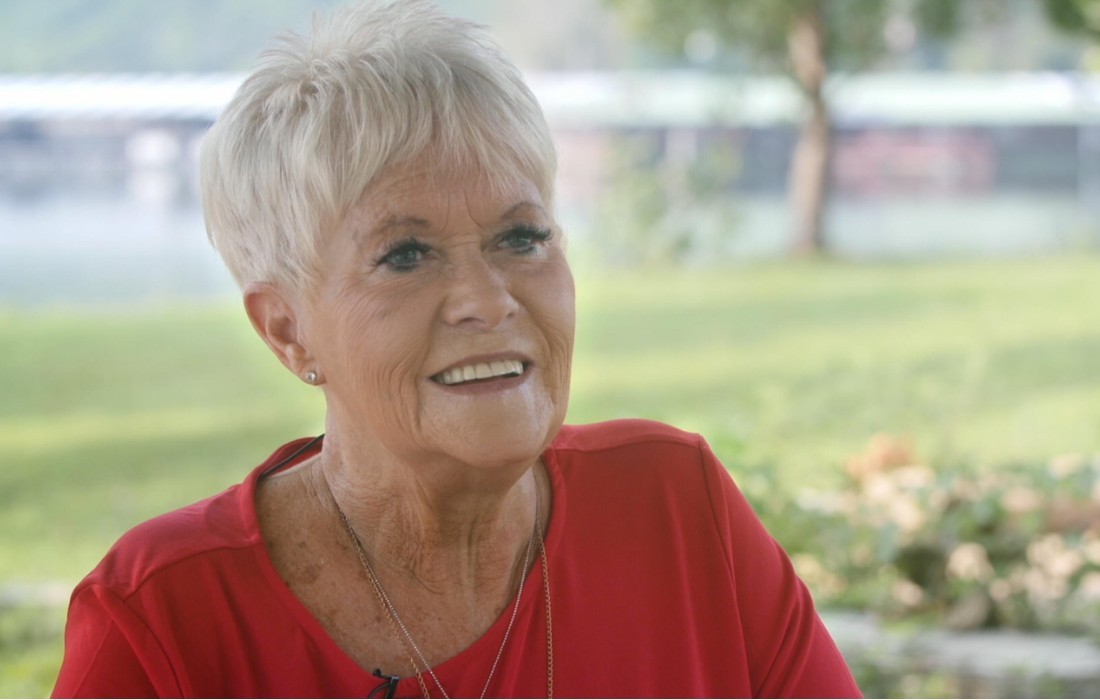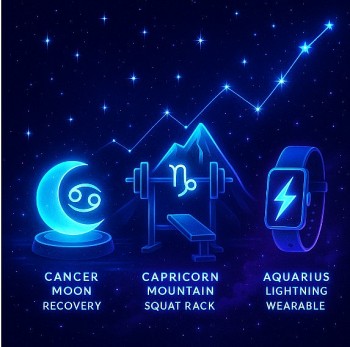Can America Ever Solve Homelessness? A Look at the Only Cities That Are Actually Reducing It
Homelessness in the United States often feels like a crisis without an end. The richest country on Earth has some of the largest homeless encampments in the developed world. Major cities like Los Angeles, San Francisco and New York spend billions of dollars every year, yet the number of people without stable housing continues to rise.
It is easy to think the problem is unsolvable. Politicians argue, budgets explode, nonprofit groups try to fill the gaps, and residents grow frustrated as tents spread across sidewalks and parks. But the picture is not entirely bleak. A small group of American cities has actually reduced homelessness in measurable and significant ways. These cities did not discover a magic trick. What they show is that homelessness can be reduced when leaders commit to a simple idea: treat housing as the foundation, not the reward.
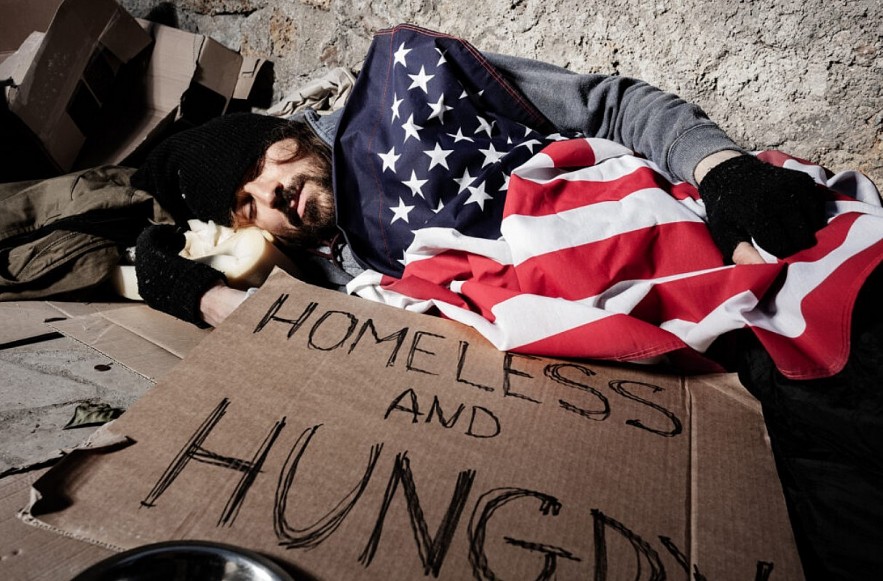 |
| The US homeless crisis |
1. Why Homelessness Keeps Rising in Most of America
Before we look at success stories, it helps to understand why most American cities keep moving in the opposite direction. The reasons are not mysterious.
1.1 Housing costs grow faster than wages
In many parts of the country, rent has doubled or tripled while wages stayed nearly the same. Basic apartments are out of reach even for full-time workers. Families end up spending half or more of their income on rent. A small crisis such as a car accident or an illness can push them out of their home.
1.2 The supply of affordable housing is too small
Developers build high-end units because profit margins are higher. Zoning laws limit dense housing in large areas of many cities. Public housing programs have long waiting lists. There are simply more households that need affordable units than units available.
1.3 Support systems weakened over decades
Mental health services, substance abuse programs and income assistance have not kept pace with the scale of need. Many people fall into homelessness because they cannot access affordable treatment or support.
1.4 Homelessness is often criminalized
Instead of addressing root causes, many cities rely on policing to clear encampments. This creates a cycle: arrests make it harder to find jobs or rentals, which pushes people back onto the street.
None of these forces is easy to reverse. Yet a handful of cities have shown that with the right strategy, homelessness does not have to grow year after year. It can move in the other direction.
2. The Turning Point: Housing First and the Shift in Thinking
The cities that reduced homelessness share one belief: you cannot fix the problem by focusing on symptoms. You fix it by giving people a stable home first. This approach is known as Housing First.
Housing First flips the old method. Instead of requiring people to overcome addiction, mental illness or unemployment before receiving stable housing, it provides a home immediately, then wraps support services around them.
The logic is simple. It is nearly impossible to rebuild your life when you are sleeping under a bridge or in a tent. A stable home gives people the safety, privacy and stability needed to work on everything else.
Research shows that Housing First:
-
Reduces long-term homelessness
-
Lowers public costs in emergency services
-
Improves health and employment outcomes
-
Works faster and more consistently than traditional models
Many cities talk about Housing First, but only a few follow it through with large-scale action and political commitment.
3. Houston: The Most Successful Case in America
If there is one city that proves homelessness can be reduced even in tough conditions, it is Houston, Texas. Over the last decade, Houston cut homelessness by more than half. No other large US city has accomplished anything close to this.
3.1 A unified strategy across agencies
Houston did something rare. Rather than letting dozens of nonprofits and government departments work separately, it created a coordinated system. Everyone shares the same database, the same priorities and the same goal. This prevents duplication and makes sure resources go where they make the most impact.
3.2 Focus on permanent housing, not temporary shelters
Houston reduced its reliance on shelters and invested heavily in permanent supportive housing. When possible, people move directly from the street to an apartment. Support services follow them into the unit.
3.3 Strong partnerships with landlords
Many landlords are willing to rent to homeless individuals if they are guaranteed rent payments and support from case workers. Houston created a landlord engagement program that made these partnerships smooth and reliable. This opened thousands of units without needing to build new housing.
3.4 Broad political support
Houston’s success required mayors, county officials, nonprofit leaders and business groups to work together. The cooperation was practical, not ideological. Leaders agreed that homelessness was both a humanitarian problem and an economic burden.
3.5 The result
Thousands of people moved into permanent housing. Encampments shrank. Public spending went down because fewer people used emergency rooms, jails and crisis services.
Houston shows that reducing homelessness is not about luck. It is about coordination, political will and a focus on long-term housing.
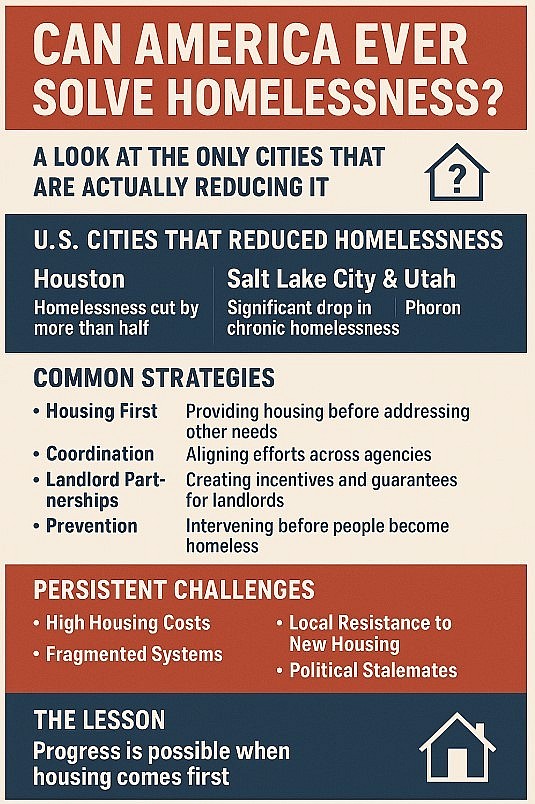 |
| Can America Ever Solve Homelessness |
4. Salt Lake City and Utah: A Bold Early Adopter
Utah was one of the earliest places to adopt Housing First at scale. In the 2000s and early 2010s, the state made headlines for appearing to reduce chronic homelessness by roughly 90 percent. While later statistics show the picture was more complicated, Utah still made significant, lasting progress and remains one of the most studied success stories.
4.1 Treating homelessness as a solvable problem
Utah approached homelessness with a straightforward goal: end chronic homelessness. This meant focusing on the people who had been homeless for the longest and faced the greatest challenges.
4.2 Investment in supportive housing
The state funded thousands of units designed specifically for people who needed not just a roof but ongoing support. Case managers, counselors and medical staff worked directly with tenants.
4.3 Faith-based and community partnerships
Religious groups played a major role in Utah’s success. They provided funding, volunteers and public support that helped turn Housing First from an idea into a statewide campaign.
4.4 Honest challenges
In recent years, Utah saw increases again due to rising housing costs. This does not mean the earlier success was an illusion. It shows that Housing First must be paired with long-term investments in affordable housing and prevention.
Even with the challenges, Utah demonstrated that a state can make huge progress when it treats homelessness as a problem that can be solved.
5. Phoenix and the Power of Prevention
Phoenix, Arizona, gained attention for its progress in reducing veteran homelessness. The city and the Department of Veterans Affairs worked together to take a prevention-focused approach.
5.1 Identifying people before they fall
Instead of waiting for veterans to end up on the street, Phoenix built a system that looked for signs:
-
Missed rent payments
-
Recent discharge from military service
-
Health issues
-
Domestic crises
This allowed agencies to intervene early.
5.2 Rapid rehousing
Phoenix did not require long waiting periods or complicated paperwork. Veterans received help quickly. Sometimes this meant short-term rental assistance. Other times it meant support finding a stable place to live.
5.3 Strong federal partnerships
Because veterans have access to federal programs, Phoenix used these tools efficiently. The city applied the Housing First principle through emergency vouchers, supportive housing and case management.
5.4 Lasting lessons
The veteran-focused model shows that homelessness can be reduced dramatically in a specific group when systems are organized around speed, prevention and accountability.
6. What All Successful Cities Share
These cities differ in size, political culture and demographics. But the common elements stand out.
6.1 Housing First is non-negotiable
All successful cities treat stable housing as the starting point. Without this foundation, long-term progress is impossible.
6.2 Coordination beats fragmentation
Cities where dozens of agencies compete or operate independently rarely make progress. Success comes when nonprofits, government offices and private partners use the same system and share the same goals.
6.3 Partnerships with landlords multiply the housing supply
You cannot build your way out of homelessness quickly. Successful cities bring private landlords into the solution with incentives and guarantees.
6.4 Prevention is cheaper and smarter
Stopping someone from becoming homeless costs less than helping them after they are already on the street. Successful cities invest heavily in prevention.
6.5 Political will matters more than ideology
Houston, which is in a conservative state, and Salt Lake City, which is influenced by faith communities, both succeeded. Their success came from action, not politics.
7. Why Most Cities Struggle to Copy These Successes
If the solutions are clear, why do so few cities adopt them? The barriers are real.
7.1 High housing costs make progress harder
In cities like Los Angeles and San Francisco, even modest apartments cost far more than in Houston. This limits how far landlord partnerships and incentives can stretch.
7.2 Local resistance slows construction
Many residents oppose new housing, especially affordable units or shelters. Projects get delayed or blocked. Zoning rules in many cities make it nearly impossible to add enough supply.
7.3 Systems are fragmented
Large coastal cities have dozens or even hundreds of organizations working separately. They often use different databases, priorities and funding sources.
7.4 Politics create stalemates
Homelessness becomes a fight between left and right. Housing First gets misrepresented. Long-term plans collapse when leadership changes.
7.5 Short-term thinking dominates
Cities often spend money on visible, immediate actions like encampment sweeps rather than long-term solutions that take years to show results.
8. Can America Ever Solve Homelessness?
The honest answer is yes. The more accurate answer is that it will require a different way of thinking.
Homelessness is not a law of nature. It is a product of policies, housing markets, inequality and design choices. Cities like Houston prove that homelessness can shrink when systems align around Housing First and prevention.
Solving homelessness nationwide would require:
-
Large-scale construction of affordable housing
-
Wider adoption of Housing First
-
Strong coordination across agencies
-
Long-term political commitment
-
Healthcare and mental health reforms
-
Support for landlords who rent to vulnerable tenants
America has the money. It has the knowledge. What it lacks is alignment and agreement.
9. The Real Lesson: Progress Is Possible When Housing Comes First
The stories of Houston, Utah and Phoenix show that homelessness is not an impossible challenge. It is a solvable problem when cities treat housing as the starting point rather than the final reward.
As the crisis grows across the country, the question is no longer whether the United States can reduce homelessness. The question is whether it chooses to.
 How Many Homeless People Are There in the US Today? How Many Homeless People Are There in the US Today? The number of homeless people in the US has changed a lot in the last ten years. This is because of changes in the economy, ... |
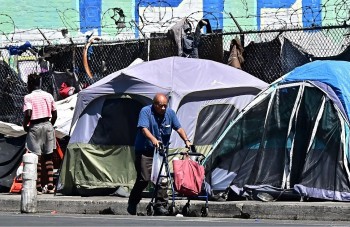 How Many Homeless People Are There in the U.S? Up 18.1% with Over 771,800 How Many Homeless People Are There in the U.S? Up 18.1% with Over 771,800 Homelessness in the United States has reached a staggering new high in 2024, with over 771,800 individuals living without stable housing. |
 Breaking down Homelessness: Numbers, Lives, and Solutions Breaking down Homelessness: Numbers, Lives, and Solutions Homelessness in the United States is not just a personal struggle; it ripples through families, communities, and the nation’s economy. |
 Homeless Man on Fire at Penn Station: Hunt for the Arsonist Homeless Man on Fire at Penn Station: Hunt for the Arsonist The homeless man who suffered burns inside Penn Station late Friday was believed to have set himself on fire. However, the NYPD stated on Saturday ... |







